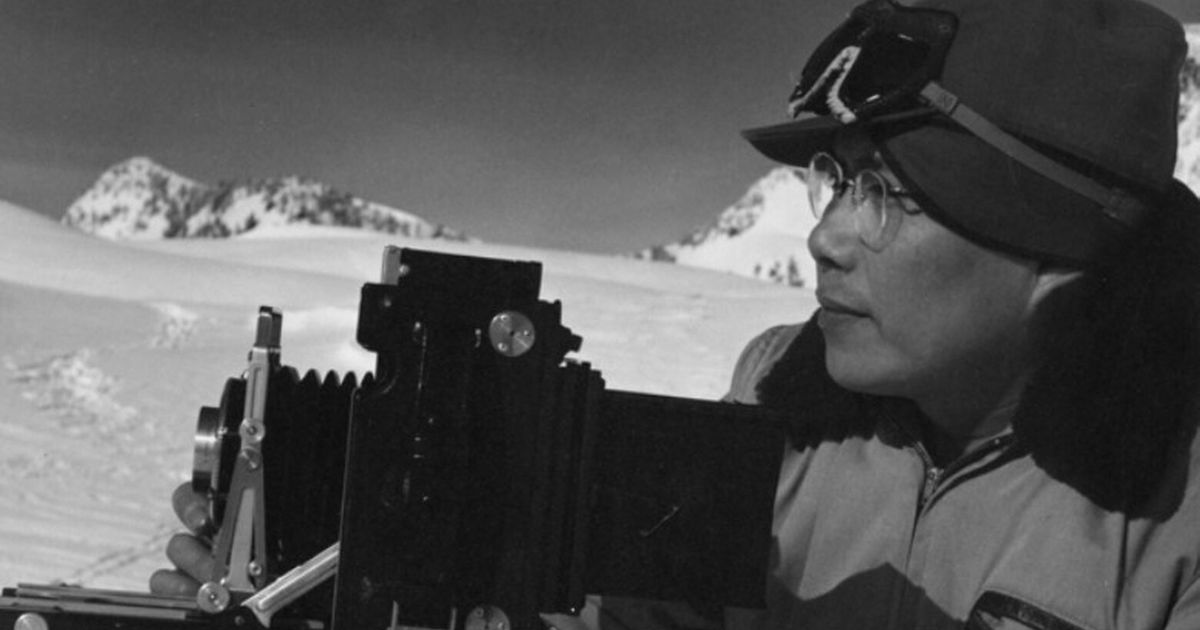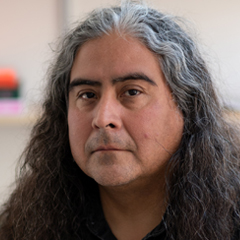Supreme Court to consider Andy Warhol’s use of copyrighted Prince pic
4 min read/cloudfront-us-east-2.images.arcpublishing.com/reuters/N6REARJRDZLR5KO2PV37VTNDKM.jpg)
Table of Contents
Folks are reflected on a portrait of U.S. artist Andy Warhol by Timm Rautert through the show “Warhol on Warhol” at Madrid’s Casa Encendida Cultural Centre on November 23, 2007. REUTERS/Susana Vera/File Photograph
Register now for Free of charge limitless access to Reuters.com
March 28, 2022 – The not-for-income corporation that controls Andy Warhol’s estate has persuaded the U.S. Supreme Court docket to make your mind up irrespective of whether copyright law’s fair use doctrine protects a established of pop-art portraits by Warhol depicting the musical icon Prince.
Andy Warhol Basis for the Visible Arts Inc. v. Goldsmith et al., No. 21-869, cert. granted (U.S. Mar. 28, 2022).
The Supreme Court granted certiorari March 28 to the Andy Warhol Basis for the Visible Arts Inc., marking the 1st circumstance in which the substantial court docket has agreed to tackle a reasonable use issue since Google LLC v. Oracle The usa Inc., 141 S. Ct. 1183 (2021), a holding that several have stated expanded the doctrine.
Sign-up now for Free limitless obtain to Reuters.com
In its rejection of the foundation’s honest use argument in March 2021, the 2nd U.S. Circuit Courtroom of Appeals admitted it experienced right up until that place provided “conflicting steering” above the doctrine’s application. Andy Warhol Uncovered. for the Visual Arts Inc. v. Goldsmith, 992 F.3d 99 (2d Cir. 2021).
A 2nd Circuit panel in August, just after the Google final decision was handed down, issued an amended belief confirming the rejection. Andy Warhol Uncovered. for the Visual Arts Inc. v. Goldsmith, 11 F.4th 26 (2d Cir. 2021).
Attorneys from Latham & Watkins LLPfiled a certiorari petition on the foundation’s behalf Dec. 9, inquiring if a function need to be protected as a good use when it conveys a unique concept than its resource material does.
Lawyers from Williams & Connolly LLP, who filed a short for photographer Lynn Goldsmith opposing certiorari, said that, to be safeguarded as a good use, a perform must have a “new function or character” that alters the original. “Not each new message mechanically qualifies,” the temporary mentioned.
In the 1980s, Warhol made a sequence of silkscreens from a photo of Prince that was taken by Goldsmith, who had accredited the photograph to Vanity Honest as an “artist reference,” according to court docket files.
Goldsmith did not come to be conscious of the silkscreens right up until Prince’s demise in 2016, the documents explained. When she confronted the basis about them, it submitted a preemptive fit in 2017 trying to get a declaration of noninfringement.
U.S. District Choose John G. Koeltl of the Southern District of New York sided with the basis, getting that the functions were guarded as a fair use. Andy Warhol Found. for the Visible Arts Inc. v. Goldsmith, 382 F. Supp. 3d 312 (S.D.N.Y. 2019).
He claimed the silkscreens “incorporate a thing new to the world of art and the public would be deprived of this contribution if the operates could not be distributed.”
The 2nd Circuit, in overturning the District Court’s conclusion, stated, “Nothing at all in [the panel’s] belief stifles the creation of art that may possibly fairly be perceived as conveying a new this means or information, and embodying a new goal, different from its supply substance.”
In its certiorari petition, the foundation explained the 2nd Circuit’s ruling “casts a cloud of legal uncertainty more than an entire style of visible artwork,” referring to the pop-art movement, of which Warhol was at the forefront.
The short opposing certiorari agreed with the appellate court’s ruling, arguing that Warhol’s Prince silkscreens did not convey a “distinct meaning” from their resource resources. To exhibit the stage, the quick when compared the Prince silkscreens to a different example of Warhol’s pop artwork: his iconic “Campbell’s Soup Cans.”
“Warhol’s Campbell Soup operates transforms a professional image into an inventive do the job commenting on consumer tradition,” the quick reported. “As opposed to a manufacturer’s soup can, which is eventually destined for the rubbish can, here Goldsmith’s original do the job is itself an artistic portrait of an particular person.”
Register now for Free endless entry to Reuters.com
Viewpoints expressed are individuals of the writer. They do not mirror the views of Reuters Information, which, below the Rely on Principles, is fully commited to integrity, independence, and independence from bias. Westlaw Right now is owned by Thomson Reuters and operates independently of Reuters Information.





